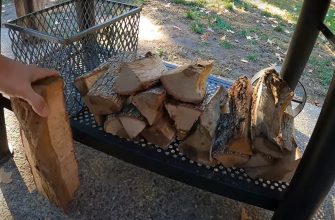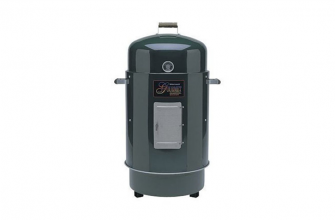Special Hobby is an authority on military models and was established in 1989. The models are created for and by model enthusiasts. The company, which is well-known in its industry, has several product lines, including Special Hobby with model airplanes, Special Armor with military vehicles, and Special Navy with model ships and submarines.
- The different Special Hobby military models
- A Lifelong Hobby
- Scale modeling advantages
- Modelers and Museums
- Recognize Your Scales
- Kit Bashing
- Getting Started
- Tips For a Successful Project
- Acquaint Yourself with Methods of Model Assembly
- Choosing Your Scale
- Snap-Together vs. Glued-Together Models
- Start with a Less Complicated Plastic Scale Modeling Kit
- Use the Right Modeling Tools and Supplies and Use them Safely
- Work in a Clean, Well-Lit Environment
- Read and Follow Kit Instructions Carefully
- Take Your Time and Enjoy the Process
- Find Your Tribe and Ask for Help When Needed
The different Special Hobby military models
Every era has been defined by military vehicles. You can create a variety of universes, from the First World War to the Second World War, using the models that 1001hobbies offers. Whether you are a novice or an enthusiast, you can find a variety of military models in the following scales: 1/72, 1/48, 1/32, 1/45. Allow Special Hobby’s variety of military models to seduce you. You can use fighter planes like the «Bloch MB 152C» in your world-building thanks to these military models. or tank replicas like the «VPK-7829.» Additionally, there are model aircraft for the German army’s «Bücker Bü 181» and the French army’s well-known «Dassault Mirage.»
You can be sure that whoever is reading this will either receive or give a scale-model kit as a gift this holiday season.
Scale modeling and general aviation have always been related. So much so that pages devoted to building a scale-model aircraft were included in the early issues of Popular Aviation Magazine (which would later become FLYING Magazine). The reader was instructed on how to use balsa wood, tissue paper, and fabric to create the design in various ways, including text and blueprints.
The first plastic model kits were produced in 1936 by the British company Frog. The late 1940s saw the entry of American manufacturers Lindberg, Hawk, Varney, Empire, and Renwal, with World War II military designs being the most popular. Polystyrene (a fancy word for plastic) kits are currently produced by more than 100 different companies and sold all over the world. This is made clear when you open the box and discover that the instructions include pictograms to help with construction and are written in four different languages.

A Lifelong Hobby
A person’s interest in model building usually lasts a lifetime. And, as with most hobbies, memories are made along the way. Richard Baker created a blog about scale modeling and shares his experiences.
The toy rocket cost 25 cents, and he put a cereal box lid on top. I went to the store near my grandparents’ farm and bought a bottle of red paint for the starter rail because I didn’t like that it was all white.
Scale modeling advantages
I received the Airfix A Bit’ O Lace kit for Christmas (in Finland, we open our gifts on Christmas Eve), and I didn’t go to sleep until it was «done» at around four or five in the morning.
The landing gear collapsed under the weight of the plastic airplane, and without painting the kit at all, the silver plastic model didn’t resemble the rainbow of 447th BG late war markings on the gorgeous box art, but it was still his first Fortress model, he recalled.
Pelttari took a break from model construction as an adult until he joined an online British modeling forum in 2017. Modelers displaying their ongoing and completed projects are common in these groups. The group’s members frequently go above and beyond to support one another. A P-51 Mustang with a squadron code that was close to Pelttari’s initials was displayed by one of the group members, prompting Pelttari to look up whether his initials had ever appeared on a real aircraft. He discovered that a B-17G known as Dream Baby bore his initials. He was aware that a scale model had to be constructed.
He claimed, «That became my first B-17 built in 30 years.»

Modelers and Museums
More than just assembling puzzle pieces and painting objects are involved in scale modeling. To ensure that the final product is «correct,» meticulous research is conducted. Many times, the project’s best component is the research. The development of the internet has made research much simpler than it once was.
Recognize Your Scales
Model aircraft are typically built in two scales: 1/48 and 1/72. Because one foot on the actual aircraft is equal to 1/4 of an inch on the model, 1/48 scale is also known as «quarter-inch» scale. A foot is represented by 1/6 of an inch in a scale of 72. On the aircraft, one inch corresponds to six feet.
Pelttari quickly discovered that Dream Baby was a member of the 381st bomb group, which was based in Ridgewell, England, from 1943 to 1945. Up until 1943, when the Americans invaded with a large number of B-17s, the Royal Air Force (RAF) had been using the base. The base was once again used by the RAF after the Americans left in 1945. The majority of the military buildings on the base were destroyed when it was deactivated in 1957, with the exception of one that housed the hospital. Today, the Ridgewell Airfield Commemorative Museum is housed in this former hospital.
A B-17 Tinker Toy that will soon be on display at the 381st Museum is receiving the final touches from scale modeler Stephen Coulson of the U. The United States has always fascinated Coulson. since early years in the Army Air Forces, specifically the Eighth Air Force.
» Tinker Toy was born when I went to the Ridgewell Museum in September. I agreed to construct a B-17 model for them after a lengthy conversation, Coulson said.
One of the most popular, if not the most popular, WWII aircraft model to build is the B-17. A military aviation enthusiast who hasn’t constructed at least one is difficult to come by. Only a small number of the 12,731 B-17s produced between 1936 and 1945 are still in existence. In aviation museums, the majority are on static display.
Sentimental Journey, Texas Raiders, and Aluminum Overcast are some of the more well-known aircraft, and these are frequently the ones you will see on the covers of model boxes. However, with a little research, the model builder can transform what’s inside into pretty much any B-17 they want.
Many model makers spend money on air brushes for smoother painting, specialty tools to add weathering and oil streaks, and (a popular technique) heating the tip of a Phillips head screwdriver with a flame before jamming it into the model to add flak damage.

Kit Bashing
Kit bashing is the practice of combining components from various models to create something entirely new.
Finding partially finished models at garage sales, thrift shops, and other places can be a lot of fun. You can use them to create things that designers never dreamed of, like a P-51/dune buggy that looks like something Mad Max would drive or something that looks like the offspring of a starship and a tank.
Getting Started
It doesn’t take much dexterity or engineering knowledge to get started in scale modeling.
Younger model builders should consider pre-colored models and models that snap together because they don’t need glue or paint. A beginner shouldn’t be put off by a kit that is too complicated; even though the kits may not be very detailed, the goal at the beginning level is to spark interest.
Availability of Kits
If you’re fortunate enough to live near a hobby store, you can frequently find model kits there. Kits can also be purchased online from merchants. To complete the designs, don’t forget to get glue and paint. Use white glue because it dries clear to attach clear plastic components like windscreens. Drying opaque, model glue.
Tim Nelson, a 50-something Seattle resident, said, «It is a hobby and supposed to be enjoyable. Since he was about 7 years old, Nelson has been making model airplanes.
» It’s crucial to get the basics right so as not to completely frustrate a beginner. It’s crucial, in my opinion, to choose a kit that appeals to a budding modeler’s interests. For instance, the Star Wars universe has a ton of kits available that cover a wide range of topics and abilities.
Nelson describes scale modeling as “a terrific, lifelong hobby that builds broad and deep interests, develops fine motor skills, enhances problem-solving capabilities, and results in a great circle of friends
He belongs to the NorthWest Scale Modelers group. The club has the opportunity to display models year-round and participates in an annual model show at the Museum of Flight in Seattle.
Has a contract with the Museum of Flight that calls for staging a regular schedule of themed exhibits in the museum lobby.
A true win-win situation, according to Nelson, who prefers the 1/72 scale because it has the widest selection of kits. «It’s been a great way to let the museum present ever-changing content, while we modelers get to show our work and promote the hobby,» he said.
However, you can get as detailed as your heart desires and your eyesight allow. «For most subjects, it’s a practical, manageable size and it allows me to avoid getting bogged down—most of the time—in minutiae and super-detailing,» he says.
Tips For a Successful Project
• Designate a workspace with good light.
• Read the instructions before you begin.
• Be prepared with the necessary tools (such as an exacto knife, sandpaper, or emery board for smoothing out rough edges). prior to starting.
• Work over a drop cloth to avoid glue damage to tables.
• Before starting, wash the model with a mild soap, rinse it with water, and then let it air dry.
• Test fit all parts before applying glue.
• Build bracing jigs out of alligator clips, cardboard, or binder clips to hold parts during construction.
• To mask off areas for painting, use painter’s tape.
• Be willing to learn from your mistakes.
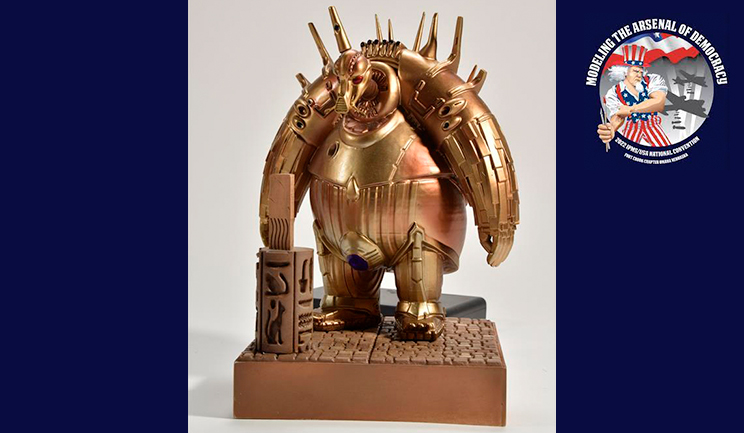
Acquaint Yourself with Methods of Model Assembly
Plastic scale modeling can be both an enjoyable and difficult hobby. Beginners may find it a little intimidating, especially if they are unsure of where to begin. In this section, we’ll offer some advice on how to select the scale that’s best for you and go over the advantages and disadvantages of snap-together models versus glued-together models.
Choosing Your Scale
It’s crucial to pick the right scale because it will influence how difficult it is to build your model. Because larger models have more detail, larger scales (1/24th and up) are typically harder to construct than smaller scales (1/72nd and down). On the other hand, building in smaller scales takes more time and is more prone to distortion.
We advise selecting a smaller scale, such as 1/72nd or 1/48th, if you’re just starting out. When finished, they still have a fantastic appearance despite being less expensive and simpler to construct than larger scales. Of course, there is nothing wrong with starting a bigger project right away if you have some experience making models.
Read «Builder Basics: First, What Is a Scale Model?» in Fine Scale Modeler Magazine. for a thorough examination of scale.
Snap-Together vs. Glued-Together Models
We advise beginning with snap-together models if you’re a beginner modeler. This is due to the fact that glue is a dangerous substance that can irritate your skin, eyes, and respiratory system in addition to taking up time and resources. In other words, there’s no need to start out by working on a sizable glue-together project (like a 1/12th scale car kit).
Start with a Less Complicated Plastic Scale Modeling Kit
It’s crucial to start small when pursuing a new hobby. The level of detail in larger-scale models can easily overwhelm beginners, especially in scale modeling. You can ease into the hobby and become familiar with the fundamentals of assembly and painting by beginning with a simpler kit with fewer parts.
You can save money by starting with a simpler project and learning from your mistakes. There’s a good chance you’ll make some mistakes if you’re new to modeling and attempt to build a large, complex model right away. The cost of correcting these errors may be high. Give yourself time to improve and develop your abilities.
Use the Right Modeling Tools and Supplies and Use them Safely
When it comes to safety, using the incorrect tools can result in mishaps like burns, cuts, and scrapes. Use of the tool will result in fatigue and perhaps even injury if it wasn’t designed with ergonomics and comfort in mind. Beyond tools, using the incorrect glue can eventually cause your model to disintegrate.
While working, keep your eyes protected. When working with any modeling tool, wear safety glasses.
When creating models, precision and accuracy are equally crucial. When your model is finished, you want it to appear as accurate and realistic as possible. However, there’s a good chance that your model will turn out amateurish if you attempt to assemble a challenging kit using faulty or imprecise tools. We produce precise modeling tools at Xuron Corporation that are suitable for both novice and expert modelers.
Work in a Clean, Well-Lit Environment
It is crucial to work in a spotless, well-lit environment for a number of reasons. It primarily aids in accident avoidance. A sharp tool can hurt you more easily if you’re working in a crowded or poorly lit area. Furthermore, there is a high likelihood that small components will be lost if they are carelessly brushed off the workbench.
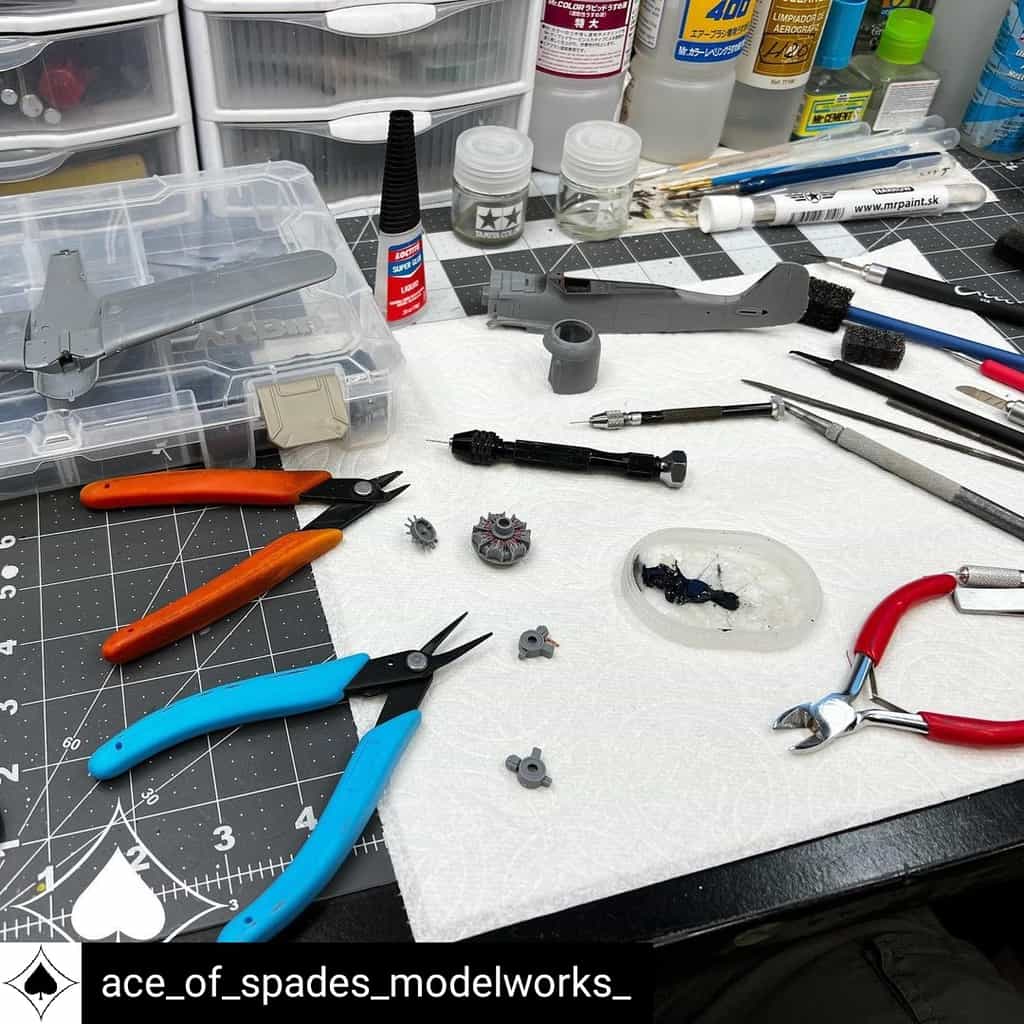
Second, building your model with accuracy and precision is made easier by working in a tidy, well-lit environment. When your workspace is disorganized or poorly lit, it can be challenging to concentrate on minute details. You’ll be able to concentrate on the task at hand and produce a high-quality model by keeping your workbench tidy and well-lit.
For inspiration and ideas for setting up your workspace, check out Ace of Spades Modelwork’s Workshop Tour on YouTube:
Read and Follow Kit Instructions Carefully
Sometimes, the instructions may provide steps for subassemblies that are easier to complete before building the full model. It’s best not to stray from the directions provided by the manufacturer.
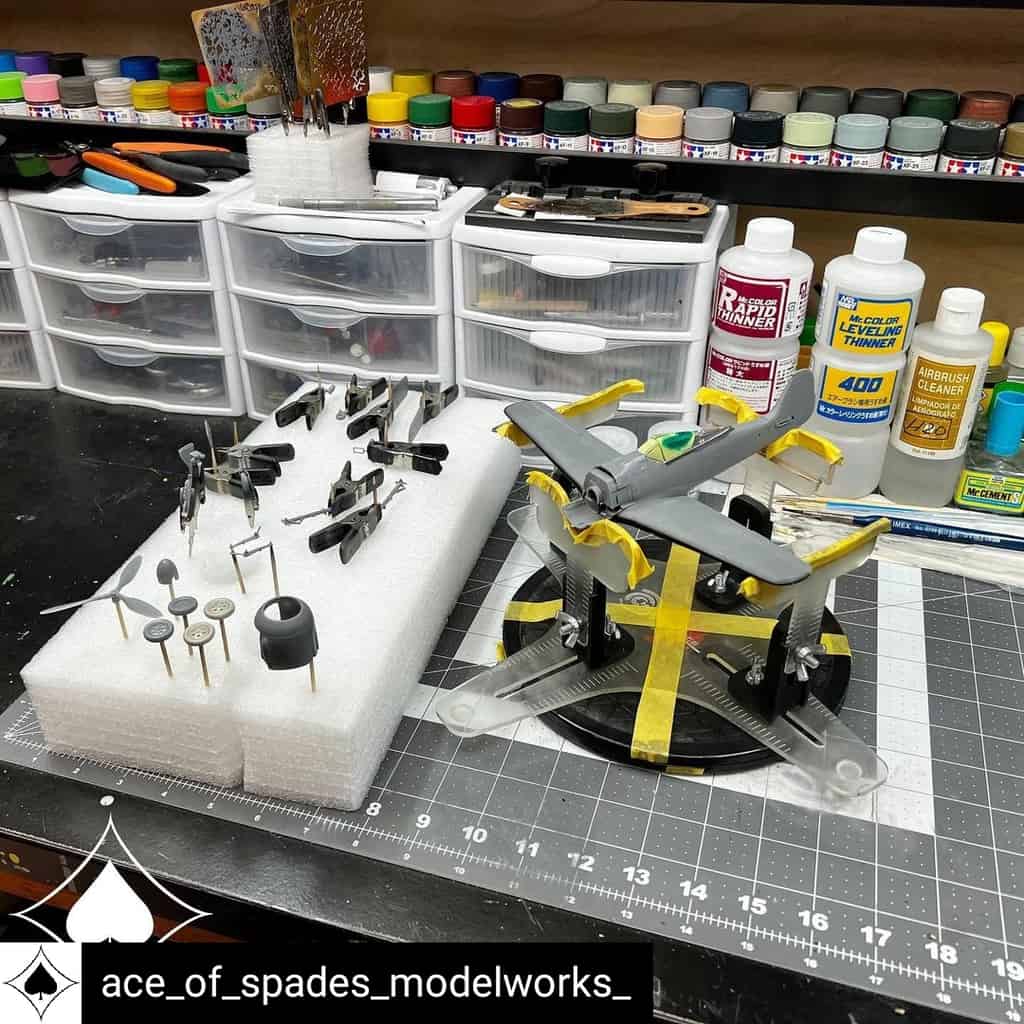
In such circumstances, make notes about where to find additional helpful information online and list any specialized equipment or materials you’ll need for future reference. After thinking through the first set of instructions, you can move on to another task before returning to the model later.
Here’s another Fine Scale Modeler Magazine resource that covers the basics of model construction: Read “Builder Basics: 7 steps to cleaner construction”
Take Your Time and Enjoy the Process
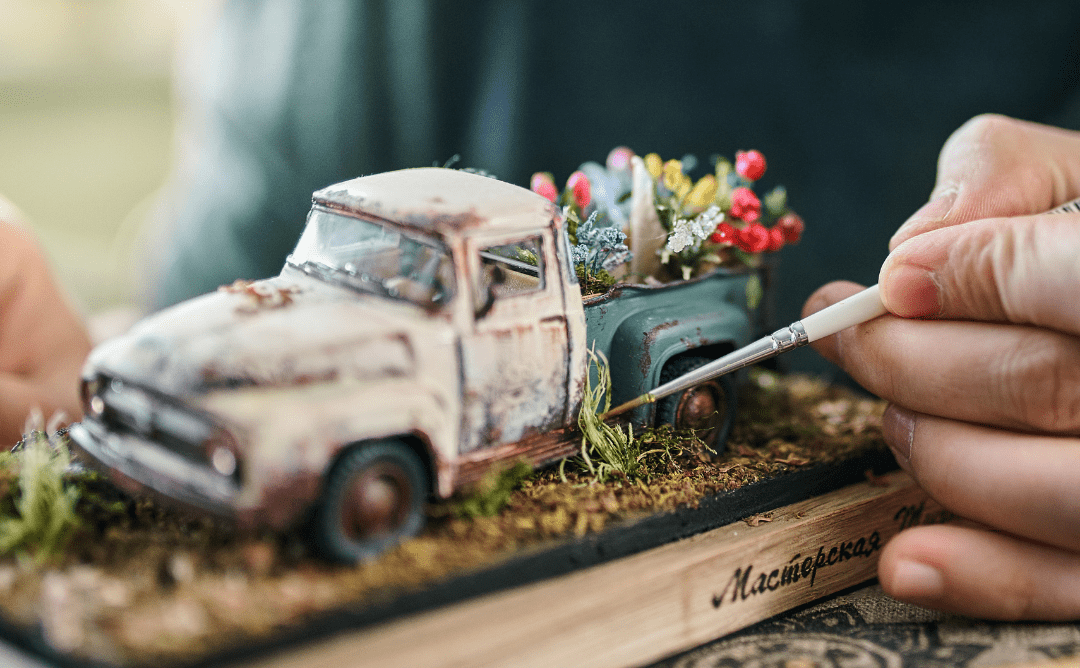
This model of an old truck receives some finishing touches from the modeler.
The fact that scale modeling can be a very calming activity is one of its best features. It’s critical to take your time and make sure that each step is completed correctly when working on a challenging kit. This will make it more likely that your model will come out accurate and competent-looking.
However, it’s also crucial to take pleasure in the model-building process. It will be challenging to concentrate on the task at hand if you’re anxious or frustrated. If you need to, take a break and return to the kit later when you are more alert.
You’re more likely to create a top-notch model if you take your time and enjoy the process.
Find Your Tribe and Ask for Help When Needed
Scale modelers are an enthusiastic group who are always willing to assist another modeler. You can get access to people who can help you with everything from building your first model to advanced techniques by joining a local scale modeling club. Consult your neighborhood hobby shop first if you’re looking for a modeling club nearby.
